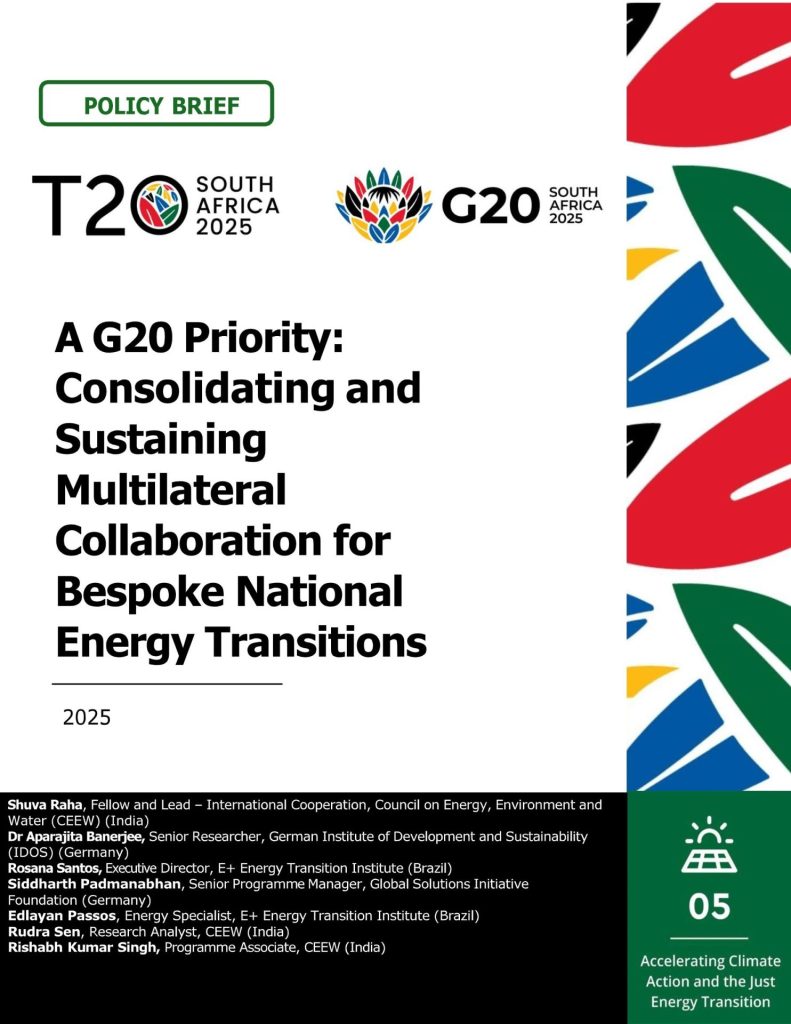A recommendation of the T20 Brazil Communiqué is for the G20 to “provide capacity building, technology transfer and adequate funding for national transition plans, including measures to leverage climate adaptation and bioeconomy”. This advances Indonesian and Indian G20 recommendations to support sustainable, affordable, and inclusive energy transitions in developing countries, amplified by Brazil’s G20 Principles for Just and Inclusive Energy Transitions and the South African presidency’s priority to address the energy trilemma by “balancing the objectives of energy security, affordability, and environmental sustainability”.
The G20 troika of Indonesia, India, and Brazil also demanded an adequate New Collective Quantified Goal (NCQG) of climate finance to help developing countries achieve their Paris Agreement targets. However, the COP29 NCQG committed to $300 billion a year “from all public and private sources” against the ask of at least $1 trillion annually and was gavelled through despite objections by developing countries. India stated that “the Global South is being pushed to transit to no-carbon pathways even at the cost of our growth”, adding that the paltry sum was “too few and too distant” to drive conducive climate action.
Further, the US’s withdrawal from the Paris Agreement raises the stakes for South Africa’s G20 and Brazil’s COP30 presidencies to maintain the urgency to generate low-cost financing and source technologies for developing countries’ energy transitions and climate adaptation – especially since the US will inherit the 2026 G20 presidency. The EU is also folding inwards with a Competitiveness Compass that urges it to “act now to regain its competitiveness and secure its prosperity”.
This policy brief discusses how developing countries should continue leveraging the G20 and UNFCCC platforms while improving South–South and North–South cooperation, amid a combative geopolitical scenario, to 1) quantify their finance, technology, and capacity needs for transition and adaptation; 2) ensure – and enhance – finance flows; 3) develop or acquire appropriate at-scale technologies blending modern and traditional expertise; and 4) shape bespoke national energy transition pathways that best suit their developmental priorities and resources.

